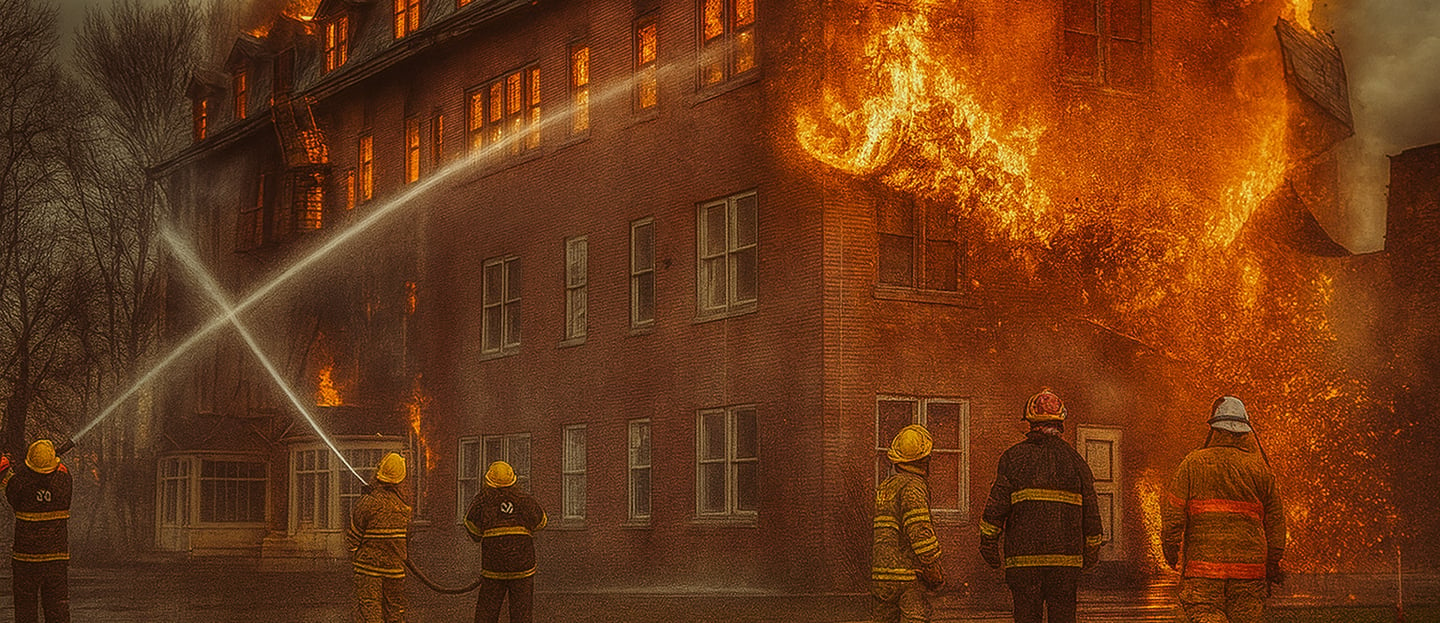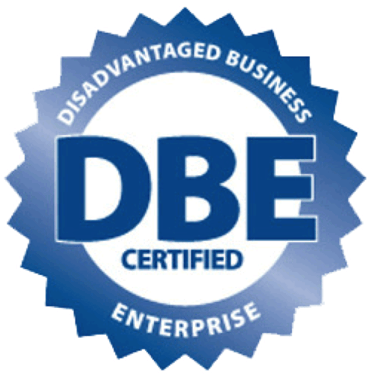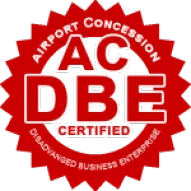If you haven’t reviewed your commercial property coverage in the last 12 months, your business could be significantly underinsured. And you wouldn’t be alone.
Thanks to inflation, rising labor and material costs, and tighter building codes, many U.S. buildings are now insured for 30–40% less than their actual replacement value. That means a fire, storm, or other loss could leave business owners holding the bag for hundreds of thousands—or even millions—of dollars.
What’s Driving the Gap?
1. Construction Inflation
The cost to rebuild has surged over the past four years. According to the National Association of Home Builders, commercial construction costs have risen by more than 35% since 2020 due to:
Higher labor costs and contractor shortages
Supply chain delays for HVAC, electrical, and roofing materials
Increased fuel and equipment costs
2. Outdated Valuations
Many businesses renew property policies using valuations that haven’t been updated in years—or that rely on depreciated market values instead of replacement cost estimates.
3. Code Upgrades and Permit Delays
Rebuilding after a loss now requires stricter code compliance (ADA, green building standards, seismic retrofitting, etc.). These upgrades can add 10–20% to total rebuild costs and stretch timelines, especially in metro areas.
4. Partial Losses Still Hurt
It’s not just total loss scenarios. Even a partial loss—like a warehouse fire or burst pipe—can cost more to repair than your current policy limit allows, leading to out-of-pocket expenses and slower recovery.
Real-World Example
A mid-sized office building in a Chicago suburb suffered $1.4 million in wind and water damage from a derecho event. The policy had a $1 million building limit, last updated in 2018. The business had to cover the $400,000 shortfall—and also pay for a temporary offsite lease while repairs were underway.
Key Terms to Understand
Replacement Cost (RC): What it would cost to rebuild your property with current materials and labor—not what you paid for it or what it would sell for.
Actual Cash Value (ACV): Replacement cost minus depreciation.
Coinsurance Clause: A policy provision that may reduce your claim payout if your building isn’t insured to a certain percentage of its full value (typically 80%–90%).
What You Can Do
1. Get a Fresh Replacement Cost Estimate
Ask your insurance advisor to run a new estimate using up-to-date construction data and inflation multipliers. This is often included as part of your renewal service.
2. Review Your Policy’s Limitations
Look for:
Coinsurance penalties
Blanket vs. scheduled limits across multiple locations
Coverage for debris removal, soft costs, or code upgrades
3. Add Ordinance or Law Coverage
This optional endorsement can help cover:
Demolition of undamaged parts of a building
Costs to meet updated codes
Increased rebuilding costs tied to new regulations
4. Check Business Interruption Limits
If your building is underinsured, your business income coverage may run out before repairs are complete—especially if supply chain issues delay your reopening.
Proactive Steps for 2025 Renewals
Conduct a property walkthrough with your broker or risk advisor
Review your building, contents, and equipment limits
Consider appraisals for older or specialized properties
Factor in rebuild delays due to permitting and inspections
Final Thoughts
You can’t control inflation or code requirements—but you can control how well your business is protected from them.
The best time to check your commercial property coverage is before disaster strikes. A 30-minute policy review could save you hundreds of thousands down the road.
Let us help you run a new replacement cost estimator and evaluate your building limits, coinsurance exposure, and business income continuity plan before your next renewal.
The Underinsurance Gap: Why Your Building May Be at Risk in 2025


Transforming small business consulting with dynamic energy.
Service
Trust
(312) 220-9200
© 2025. All rights reserved.


141 W. Jackson Blvd. | Suite 1502 | Chicago, IL | 60604






